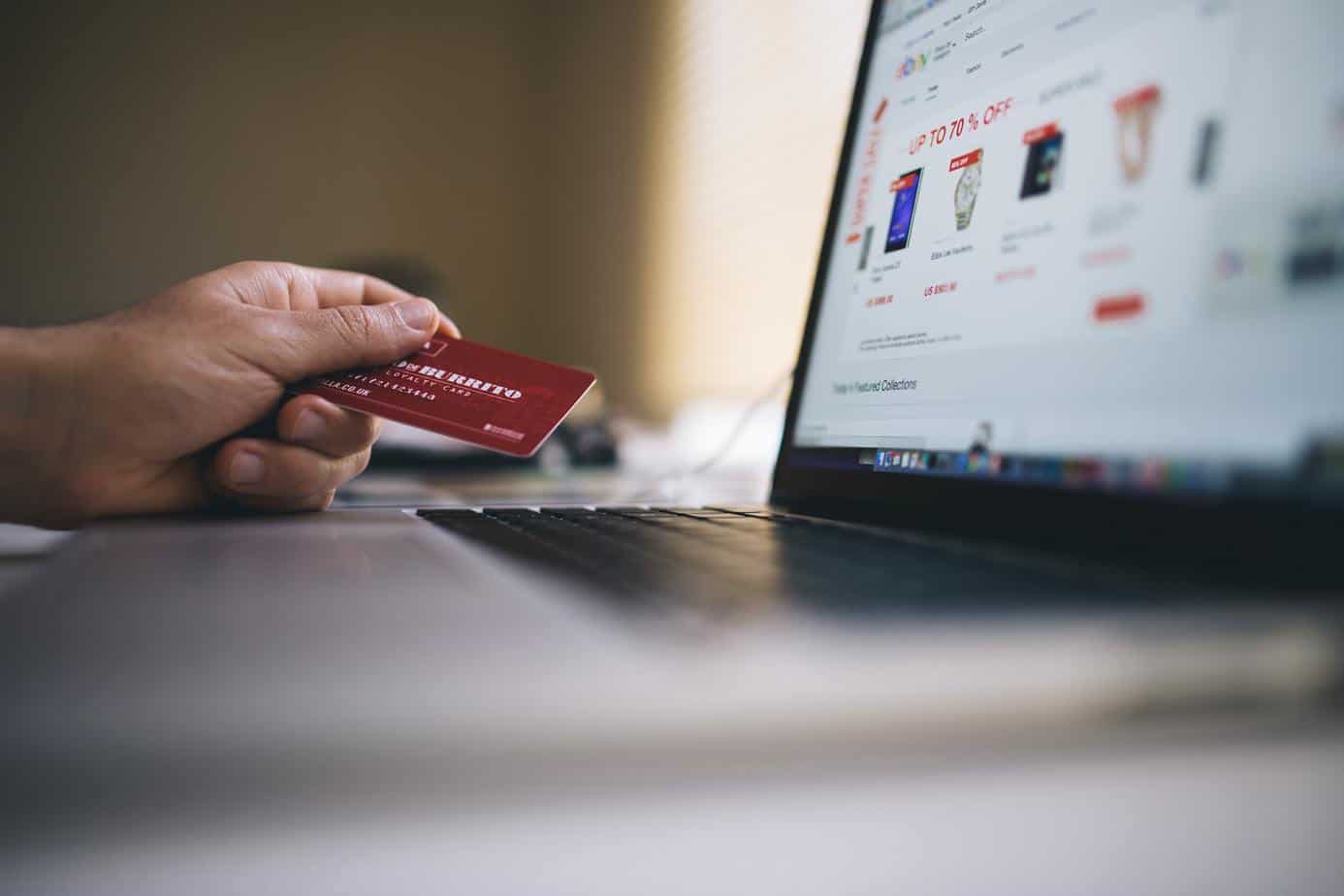Sometimes it takes a catastrophe to realize what we should have been doing all along — to see changes we should have implemented long before. This was the reflection from Kate Ancketill, CEO and founder, GDR Creative Intelligence, at the recent NRF2021 Retail’s Big Show.
In the case of today’s retail environment, this observation surely applies. While there were great losses through the pandemic, we also saw tremendous resilience and reinvention through these unprecedented times.
Andy Szanger, director of Corporate Sales for CDW, recollected a sentiment that was shared at last year’s NRF show, which stated that retailers need to make sure their stores are places where customers want to come. This could not be more true today, Szanger admitted. “As consumers remain fearful to go out, we need to look for new ways to service them.”
He continued, “Now that the panic is over, retailers need to go back and review the processes that they implemented out of necessity and make sure they are secure and optimized – like mastering curbside pickup, for example.”
Transforming Brick & Mortar
Stores certainly have evolved, but in order to ensure longevity, they will need to address the three Ps, says Ancketill:
People: Improving fulfillment, bringing convenience and conversation
Planet: Reversing damage and developing sustainable systems
Profit: Maintaining sales while right-sizing real estate
With the surge in online shopping, retailers need to balance their physical locations as well as provide e-commerce. In fact, research shows a growth in online sales for non-essentials like clothing and consumer electronics, reported Melanie Noronha, senior editor, the Economist Intelligence Unit (EIU).
A physical store today is more of a window to online sales, a research center and a community center — a location in 5G territory, where virtual tours will be key to being part of the community.
“You will spend money on a physical space where you will leverage virtual experiences,” advises Ancketill.
“In the next six months, retailers will need to be dynamic in their decisions,” said David Dobson, director of Retail Hospitality and Consumer Goods for Intel. “They will need to leverage their physical stores to become e-commerce fulfillment locations and create an exciting environment for social spaces at these destination locations.”
Mastering the Present & Preparing for the Future
Integrated commerce will be used to improve fulfillment. It is predicted that e-commerce will reach 50 percent of sales by 2025. In order for legacy stores to thrive, they must:
• Close the loop with sustainable practices
• Automate the basic missions
• Become a performative space
• Transform into a city-center logistics hub: offering a combination of buying options, birthing a new model of “buy online in-store and collect at home”
• Use the store as a social currency stock exchange: using social media and offer perks for customers who interact online.
What can retailers do right now to future-proof their businesses? Ancketill recommends:
• Implementing the endless aisle
• Automating fulfillment
• Integrating social media and payment solutions
• Offering fast home delivery, curbside pickup and click and collect
• Reverting to less inventory and more services
Once restrictions ease, online shopping will continue for Millennials and Gen Z, but will reduce for Baby Boomers and Get X, as they place higher value on the ability to assess look and feel as well as the option of bringing items home right away, EIU’s Noronha explained. Balancing this omnichannel presence, providing seamless experiences both online and offline, will have a profound impact on brands and retailers.
Adapting quickly to omnichannel methods is a must for business to thrive going forward, in addition to mastering the “last mile” in the purchasing process, explains Kerry Lin, EVP, Strategic Innovation, for Kinaxis. This last mile, where goods are transported from the retailer/manufacturer/distributor to the consumers’ hands, is crucial. If handled poorly, consumers will find other places to shop.
Automation & 5G’s Impact
The future lies in the smart city. The conversion of 5G and AI will encapsulate this smart city, and then it will move to the smart home.
“IoT utilities in home will lead to an explosion in auto-replenishment of consumables,” predicts Ancketill. “Driverless personal mobility combined with smart grid ‘come-to-me’ retail can work in both cities and rural communities.”
The impact of the smart city will give retailers the opportunity to offer 3D virtual stores. AR and VR will mean that visits to a physical store are not necessary, and people will continue to work at home, but together. Furthermore, drone deliveries will improve last-mile fulfillment without clogging the streets.
Brick-and-mortar stores will remain, but they will serve as a remote viewing centers; direct-to-consumer auto replenishment will explode; and AI will be key for smarter and greener logistics.

Stephanie is the Senior Managing Editor for Connected Design.















